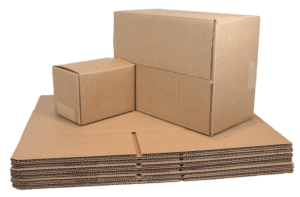Home » Advantages of Using Corrugated Packaging for Shipping: A Comprehensive Guide
Advantages of Using Corrugated Packaging for Shipping: A Comprehensive Guide
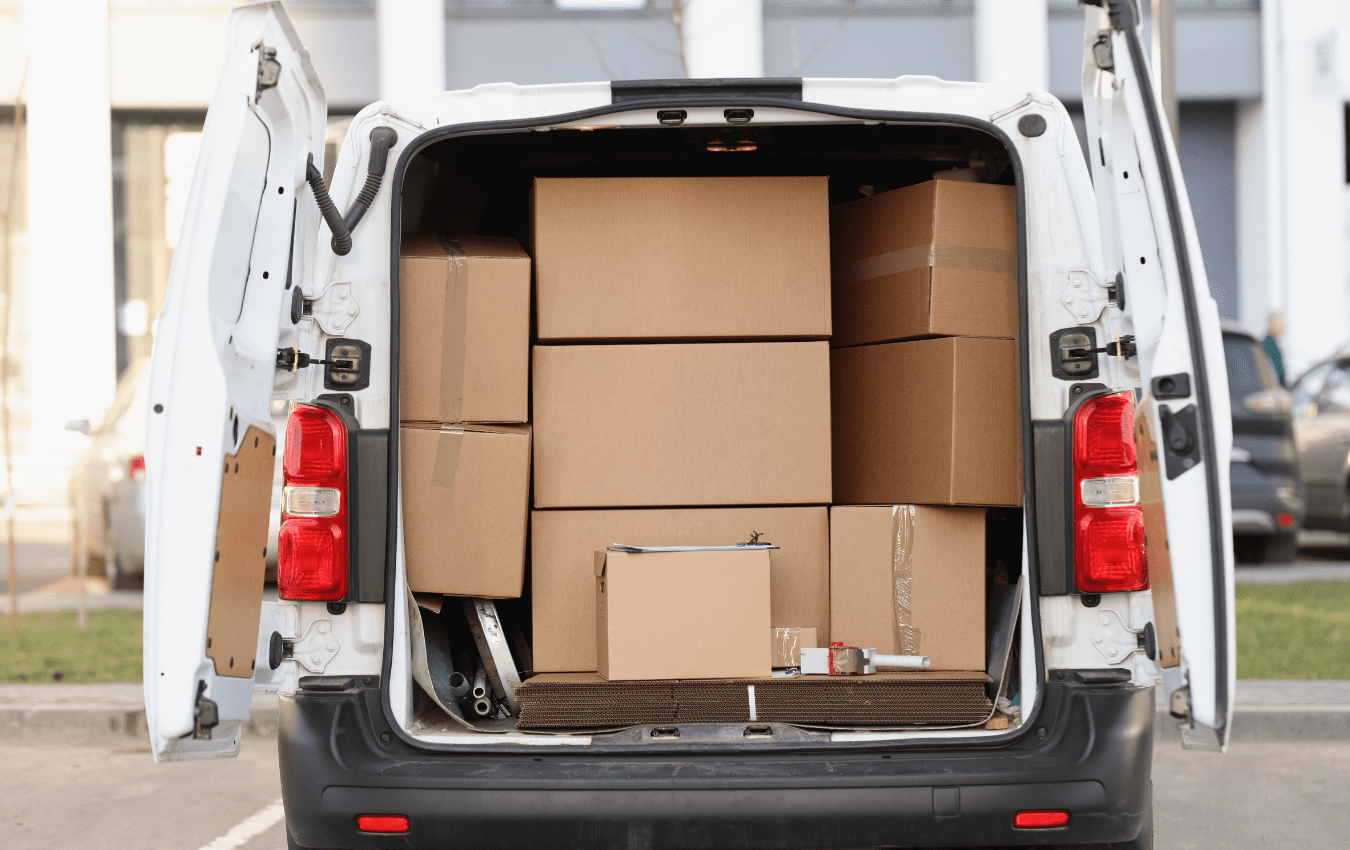
In the highly competitive realm of shipping and freight, one packaging material consistently stands out from the crowd – corrugated packaging. Known for its ribbed center, also known as “fluting,” sandwiched between two linerboards, corrugated packaging has emerged as the go-to solution for various industries seeking secure, efficient, and eco-friendly shipping options.
This in-depth guide will elucidate the multitude of advantages associated with using corrugated packaging for shipping.
Cost-Effectiveness
Arguably, one of the most compelling advantages of corrugated packaging is its cost-effectiveness. The primary raw materials used to produce corrugated packaging are inexpensive, renewable, and readily available. Therefore, when businesses are seeking to package large volumes of goods without significantly inflating their operational costs, corrugated packaging becomes a financially savvy choice.
Durability and Strength
Contrary to what its lightweight nature may suggest, corrugated packaging boasts remarkable durability. This durability is primarily attributed to the unique structure of the corrugated sheet, with the fluting design imparting exceptional strength and rigidity. The fluting forms a series of connected arches, renowned for their ability to withstand considerable external pressures. This structural stability ensures the integrity of the goods within the packaging, even amidst the bumps and knocks that come with the transportation process.
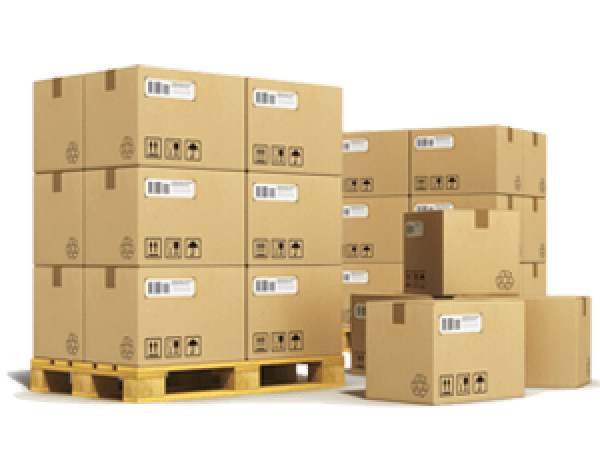
Versatility
The versatility of corrugated packaging is yet another significant asset. Not only can corrugated packaging be easily cut, folded, and molded into an array of shapes and sizes to suit different products, but it can also be customized to reflect the branding of a business. This customization can include the use of specific colors, logos, and printed messages, serving a dual purpose of product protection and brand promotion. Moreover, there are different types of corrugated packaging available, such as single-wall, double-wall, or triple-wall, to cater to the varied needs of businesses.
Unrivalled Protection
Few packaging materials offer the level of protection that corrugated packaging provides. The corrugated sheet’s fluted layer forms an insulating buffer that safeguards products from potential damage due to impact, vibration, and even temperature fluctuations. This protection is critical in the shipping industry, where goods are often exposed to less-than-ideal handling and environmental conditions.
Sustainability
In our progressively environmentally conscious world, the eco-friendly nature of corrugated packaging offers a significant competitive advantage. The primary material in corrugated packaging, wood pulp, is a renewable resource. Furthermore, corrugated boxes are recyclable and biodegradable, contributing to waste reduction and promoting a circular economy. This environmental stewardship aligns with the increasing consumer demand for sustainable business practices, adding a valuable feather to a business’s sustainability cap.
Ease of Use and Storage
Lastly, the ease of use and storage associated with corrugated packaging should not be underestimated. These boxes are quick to assemble, easy to fill, secure, and even reuse. Their lightweight nature simplifies handling and transportation, reducing labor requirements and associated costs. Furthermore, when not in use, they can be easily collapsed and stored, saving valuable warehouse space and offering readiness for future use.
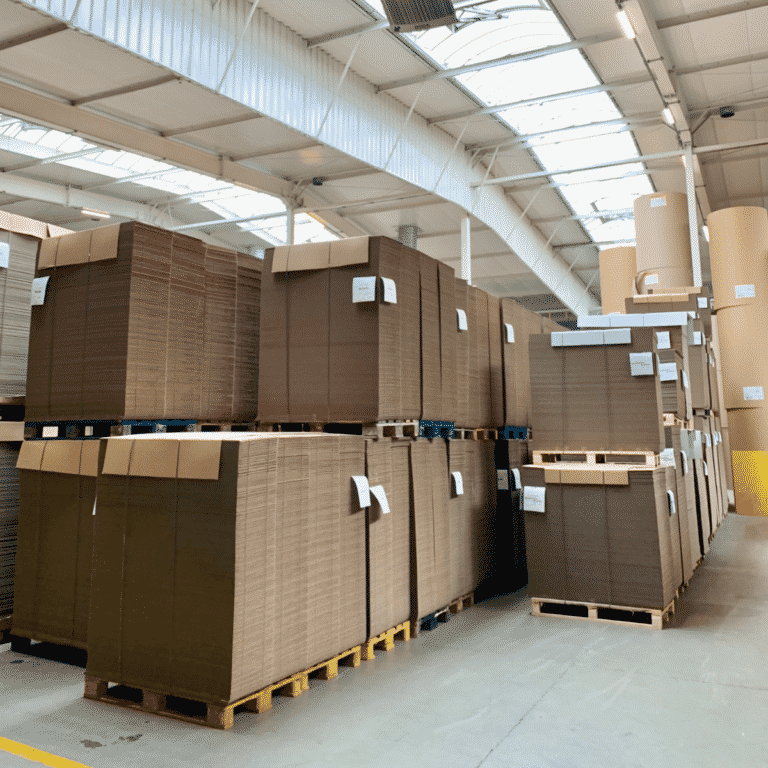
Final Thoughts: Why Embrace Corrugated Packaging for Shipping?
In conclusion, the multifaceted benefits of corrugated packaging for shipping are hard to ignore. From its affordability and impressive durability to its vast versatility, exceptional protective qualities, eco-friendly characteristics, and straightforward usage, corrugated packaging is a comprehensive solution to diverse shipping needs. Whether you’re transporting fragile items, heavy goods, or anything in between, corrugated packaging promises to deliver reliable, efficient, and sustainable results that contribute to business success.
RSC boxes are known for their efficiency and versatility, but their performance ultimately comes down to strength. Buyers often see numbers like ECT, BCT, and
In packaging, foam isn’t just about initial protection — it’s about maintaining performance over the entire shipping or storage cycle. Compression set and recovery characteristics
Pouches are a go-to for flexibility and convenience, but they can fail in critical ways—from poor seals to punctures and delamination—that hurt performance and brand
In the retail environment, the placement of Point of Purchase (POP) displays is just as critical as their design and content. Strategic positioning can significantly
Choosing the right foam density isn’t about “soft” versus “hard” — it’s about controlling shock transmission and matching the foam’s cushioning curve to the product’s
Moisture resistance and dimensional stability are critical performance factors for custom inserts, especially when products are shipped or stored in variable climates. Both foam and
Home » Advantages of Using Corrugated Packaging for Shipping: A Comprehensive Guide

Corrugated bin boxes are indispensable in warehouses, retail spaces, and offices. They are designed to hold, organize, and transport items efficiently. However, to ensure safety
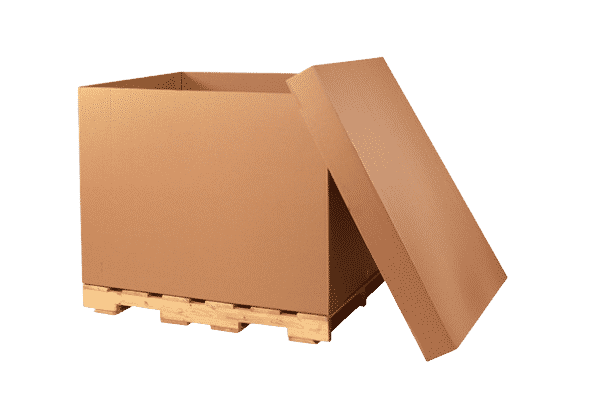
A Half Slotted Container (HSC) is a specific type of corrugated box known for its robustness, versatility, and open-top design. These features make HSCs ideal
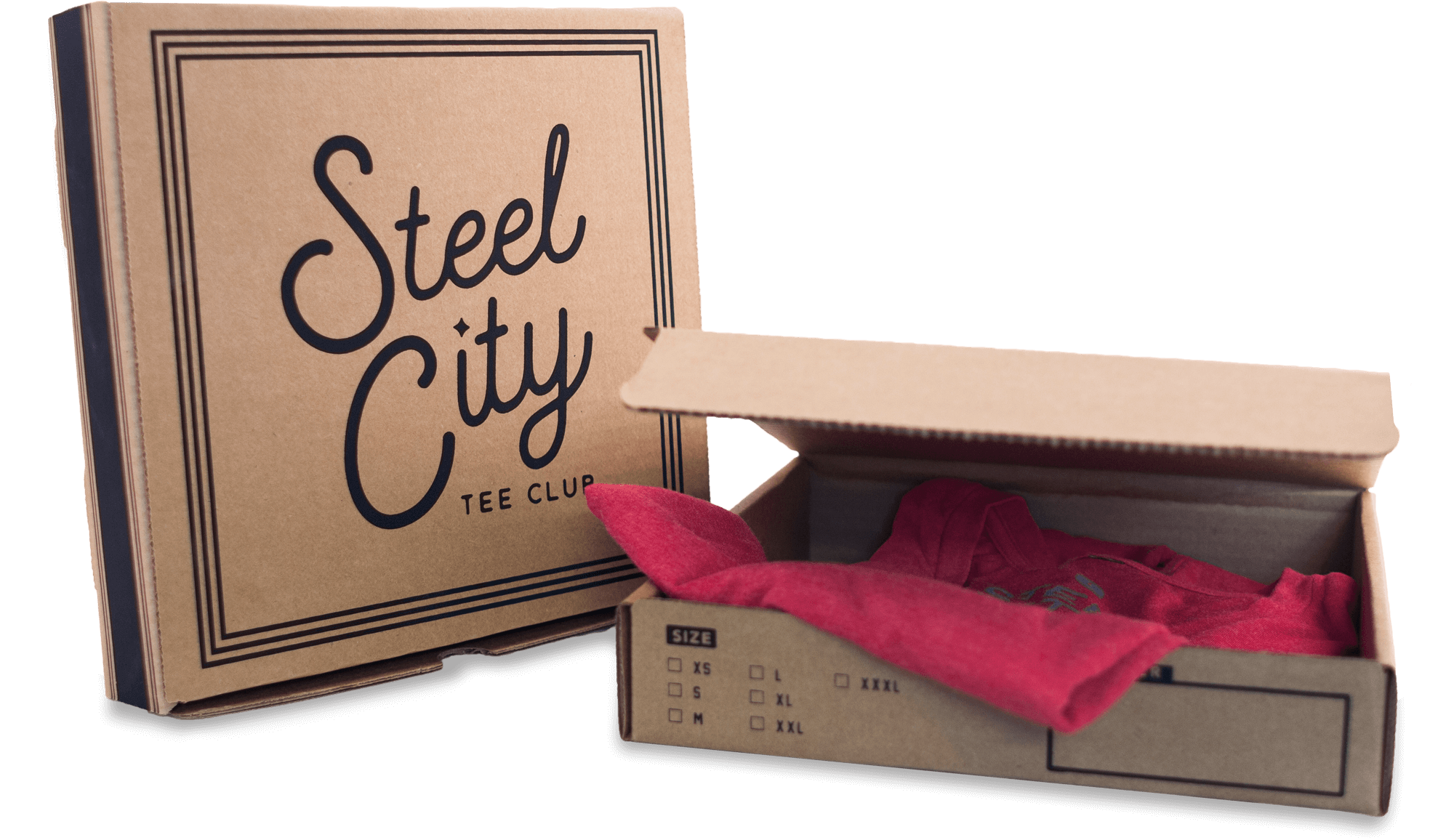
In the world of packaging, the visual appeal of your product plays a significant role in catching the customer’s eye and leaving a lasting impression.


